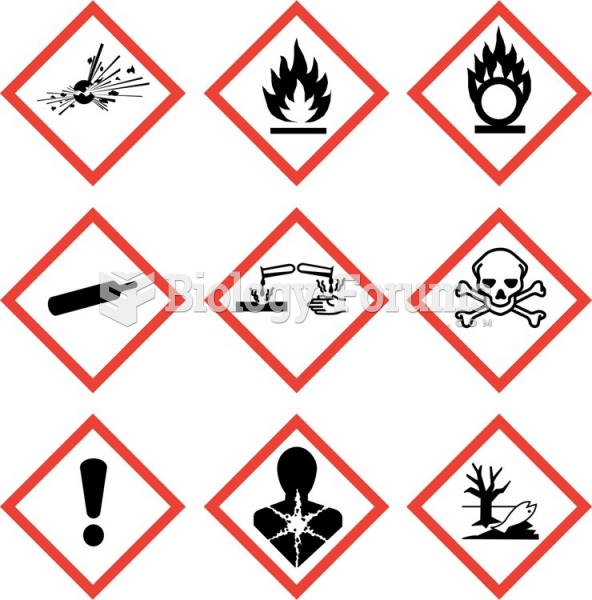Answer to Question 1
Certain debts that are normally dischargeable, such as credit card debt, may become nondischargeable if the creditor can prove that the debtor obtained credit by way of fraud. In a denial of discharge, some action the debtor takes, whether innocent or fraudulent, may cause a particular debt or all debts to become nondischargeable prior to the conclusion of the bankruptcy case. The trustee may also, within one year of discharge or the closing of the case, request a revocation of discharge. A revocation of discharge cannot take effect against a debtor unless the debtor has an opportunity to be heard by the court.
Answer to Question 2
With a single computer, the security issues are related to installing corrupted software or accessing something from the Internet that has a virus. By contrast, on a network, every computer work station represents a possible source of security issues and if a single station introduces a virus, the entire network could be impacted. One solution is to limit access, such as the ability to make changes to the operating system, add or delete software, and retrieve files. Network security protocols limit access to the file server and peripherals, such as printers or other work stations. Network rights and privileges determine who on the network may access the information and who has authority to access the server, the data stored on the server, and the flow of information. A network administrator is the person with the highest level of access to, or authority over, the network. Passwords can be used to grant access to files and computers. Firewalls are programs designed to limit access to a computer or a computer network but may also prevent working at an off-site location. Antivirus Software scans the computer to identify the presence of viruses, and in some better programs, eliminates the virus. Despite the existence of antivirus software, viruses do get through, and there are certain precautions that should be followed: (1) do not open files or attachments from unknown email senders; (2) scan every disk with antivirus software before using it; (3) downloaded files should be scanned, and; (4) be sure antivirus software is continually updated. Finally, data should be backed up by creating a copy of the data as a precaution against the loss or damage of the original data. It is a good policy to back up on a daily basis and store the backup media off-site.







